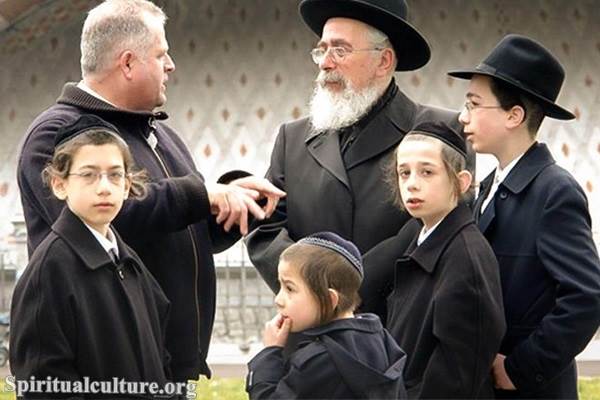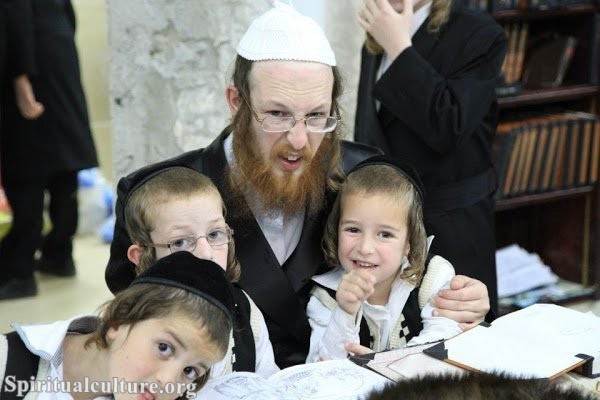Judaism has always been a religion rich in traditions and customs, and this extends to the clothing worn by its followers. Jewish clothing, also referred to as jew clothing, is not simply about style or fashion. It’s a reflection of their faith, their values, and their community. Orthodox Jews clothing, in particular, carries a deep symbolic significance that is deeply intertwined with their religious practices and cultural beliefs.
Judaism and Jewish Clothing
Judaism is a monotheistic religion that originated in the Middle East over 3500 years ago. It is one of the oldest religions in the world, with a rich history and a set of laws and ethical guidelines known as Halacha. Jewish clothing is governed by these laws, which stipulate modesty and propriety in attire.
The Torah, the holy book of Judaism, mentions several laws related to clothing. For instance, it prohibits the mixture of different types of fabrics in a single garment, known as “Shatnez”. It also mandates the wearing of tzitzit, fringes on the corners of the garment, as a reminder of the commandments.

Traditional Jewish clothing varies greatly depending on the community and the location. In Israel, for example, it is common to see men wearing kippot (small caps), tallit (prayer shawls), and tzitzit. Women often wear long skirts and cover their hair with scarves or wigs, especially if they are married, reflecting the principle of tzniut, or modesty.

Orthodox Jews Clothing
Orthodox Jews are known for their strict adherence to the laws of the Torah, which is reflected in their attire. Orthodox Jewish men typically wear black suits and white shirts, reflecting the value of simplicity and modesty. They also wear a kippah at all times, and during prayer, they don a tallit. Some Orthodox Jewish men grow their sidelocks, or payot, long, as a sign of piety.
Orthodox Jewish women, on the other hand, adhere to the principle of tzniut by dressing modestly. They usually wear long skirts, long-sleeved blouses, and high necklines. Married women cover their hair with a scarf, hat, or wig, known as a sheitel.
Orthodox Jews clothing is more than just a style of dress. It’s a physical manifestation of their faith and commitment to God. It sets them apart and reinforces their identity as members of a religious community.
Jewish Clothing in Modern Times
In modern times, while many Jews continue to adhere to traditional clothing customs, others have adopted more contemporary styles. However, even those who choose to wear more modern attire often incorporate elements of traditional Jewish clothing into their wardrobe. For example, many Jewish men, regardless of their level of religious observance, wear a kippah as a sign of their Jewish identity.
Meanwhile, Jewish designers and fashion-conscious Jews have begun to blend tradition and modernity, creating fashionable yet modest clothing. This has led to the rise of ‘modest fashion’, a global trend that is changing the way people perceive religious clothing.
Despite these changes, the principles that underpin Jewish clothing remain the same. Modesty, humility, and respect for tradition continue to guide the way Jews dress, whether they are in the synagogue, at home, or out in the world.
Conclusion
Jewish clothing is a fascinating aspect of Judaism and Jewish culture. It is a visual representation of faith, community, and tradition. From Orthodox Jews clothing to modern adaptations, it encapsulates the rich diversity and history of the Jewish people. Whether it’s a kippah, a tallit, or a modest outfit, each piece of clothing tells a story about the wearer’s beliefs, their values, and their identity as a Jew.


